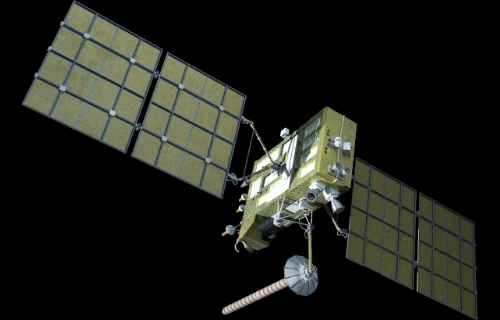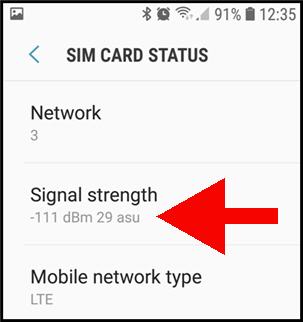GPS signals are weaker than other wireless signals like Wi-Fi and cellular transmissions for your mobile phone calls.
This article explains how GPS signal levels are measured. We also explain why GPS signals are so weak.
Table of Contents
What Type Of Signal Is Sent From GPS Satellites?
GPS satellites broadcast a continuous stream of radio waves. This is a form of low-frequency electromagnetic radiation.
All GPS satellites use two radio frequencies known as L1 and L2. Newer satellites use another frequency known as L5.
The “L” in their names mean that the frequencies are in the L-band.
These frequencies operate at different bandwidths:
- L1 is 1575.42 MHz
- L2 is 1227.60 MHz
- L5 is 1176 MHz
The “L” in their names mean that the frequencies are in the L-band.
There are several reasons why these types of frequencies were chosen.
- Good for most weather conditions
- Suitable for small receivers

GPS signals work in poor weather
L waves can pass through clouds, rain, storms, and some vegetation.
This allows our GPS units to work in poor weather.
GPS receivers can be tiny
There was another reason for the GPS system designers to choose frequencies below 2 GHz.
Signals above that level would require the kind of beam antennae used for ham radio. You wouldn’t fancy carrying that kind of receiver on a hiking trail!

How Fast Do GPS Signals Travel?
GPS satellites transmit data at a rate of about fifty bits per second.
To put that into perspective, you use twenty-five megabits per second when streaming video!
Clearly, the GPS transmission rate is very slow.
How Is GPS Strength Measured?
The strength of a GPS signal is measured in decibels per milliwatt or dBm.
This unit is used to measure low-powered signals. It’s also used for Wi-Fi and cellular signals.
The numbers are negative, which can be a little confusing.
Bear in mind that the “higher” the number, the weaker the signal – because the number is a negative.
How Weak Are GPS Signals?
GPS signals are about -125 dBm, which is a very weak signal.
To put this into context, if your cellular signal fell as low as -125 dBm, you wouldn’t be able to make and take phone calls.
Comparisons with Wi-Fi and cellular signals
Let’s take Wi-Fi as an example. A figure of -50 dBm would be a very strong Wi-Fi signal.
If your home Wi-Fi falls to -90 dBm, then you’re probably not going to get a connection. You certainly won’t be streaming movies!
If you’re out and about with your cell phone, a signal of -90 dBm is reasonable for making calls.
However, if it falls to -120, you’ll have trouble hearing the person on the other end.
If you would like to measure your cell phone’s dBm right now, we have an article on how to check your phone’s signal strength.

Why Are GPS Signals Weak?
There are several reasons why GPS signals are weak when compared to cellular or Wi-Fi signals:
- Distance
- Transmission power
The transmitters are a long way away
The GPS satellites are 20,200 km above earth.
You are, of course, much closer to your nearest cell phone tower. If you live in a city, the cell unit could be just a few blocks away.
GPS transmission is low power
GPS satellites transmit about 50 watts of power. That’s about the level of the lightbulbs in your house.
The microwave signals are also radiated in all directions, instead of being highly focused.
By the time they arrive on earth, the power is 10^-17 W (ten to the power of negative seventeen).
Let’s write that out fully in watts:
0.000000000000000001 watts
How Low Does A GPS Signal Get?
We said that a GPS signal is about -125 dBm.
This can rise to -120 dBm if you are outdoors and your view of the sky is unimpeded.
However, the signal can be impeded by some types of building materials. If you are inside a building, the GPS signal can fall another twenty-five dBm.
Other Questions About GPS
Check out these articles: